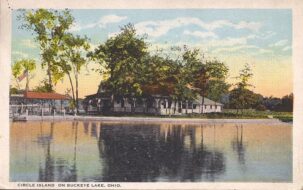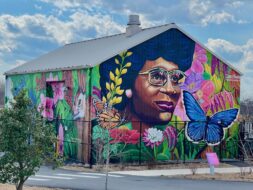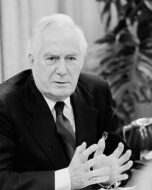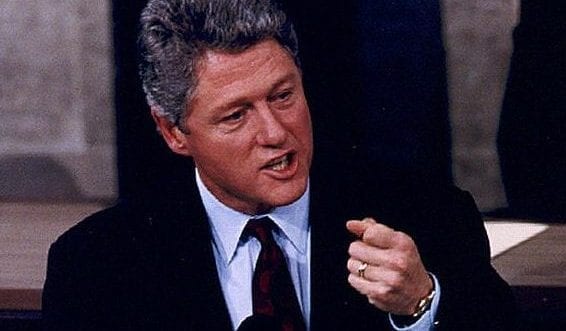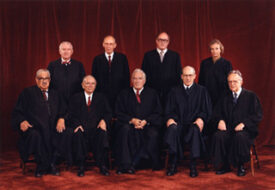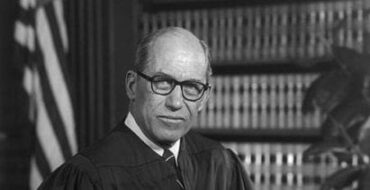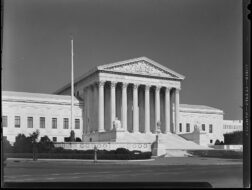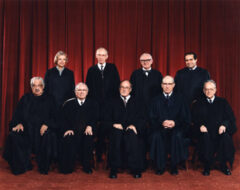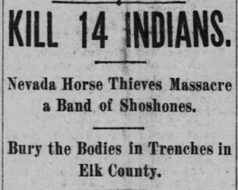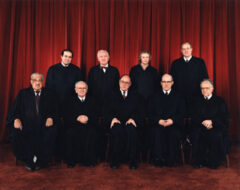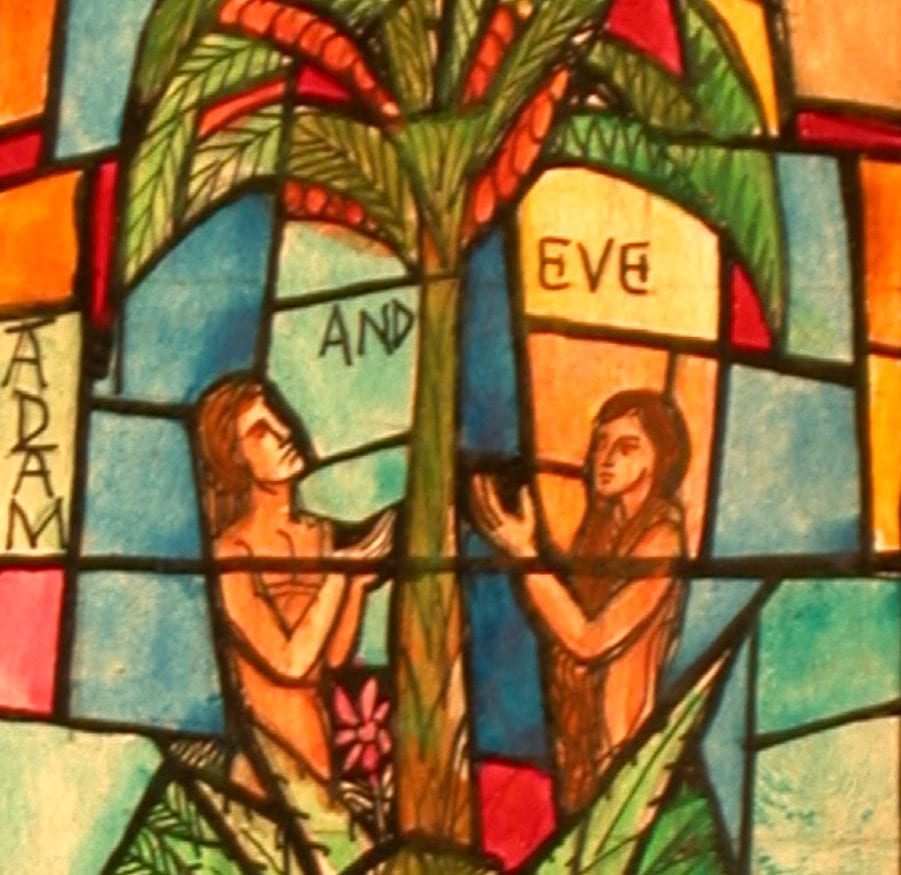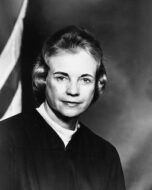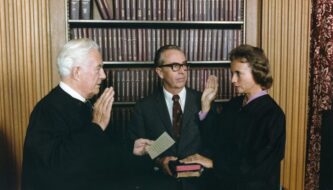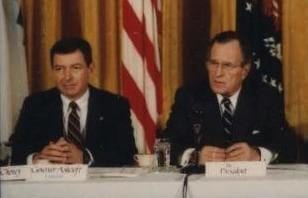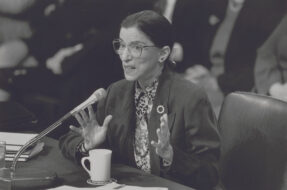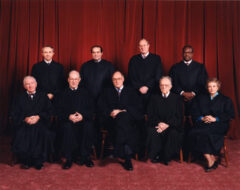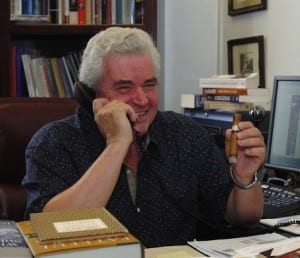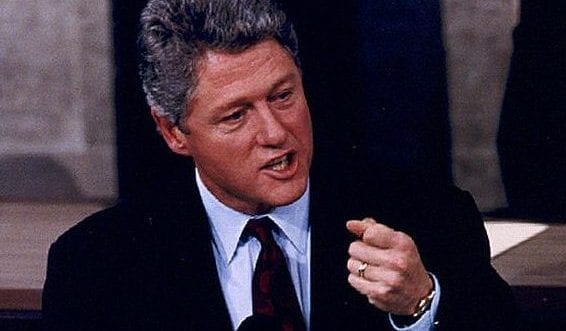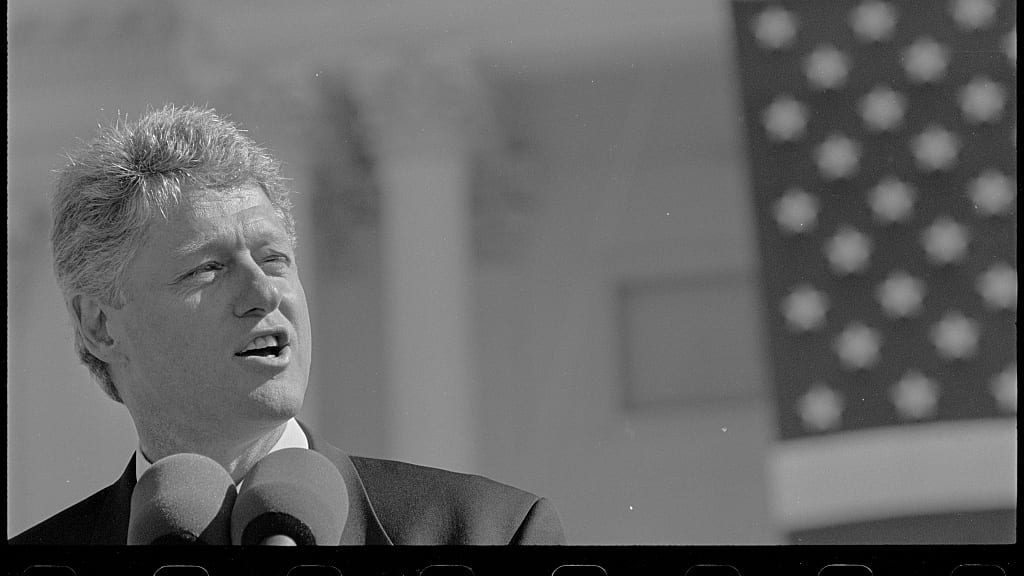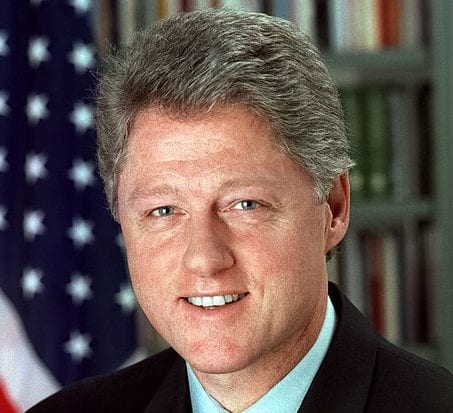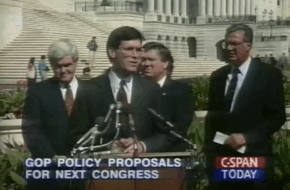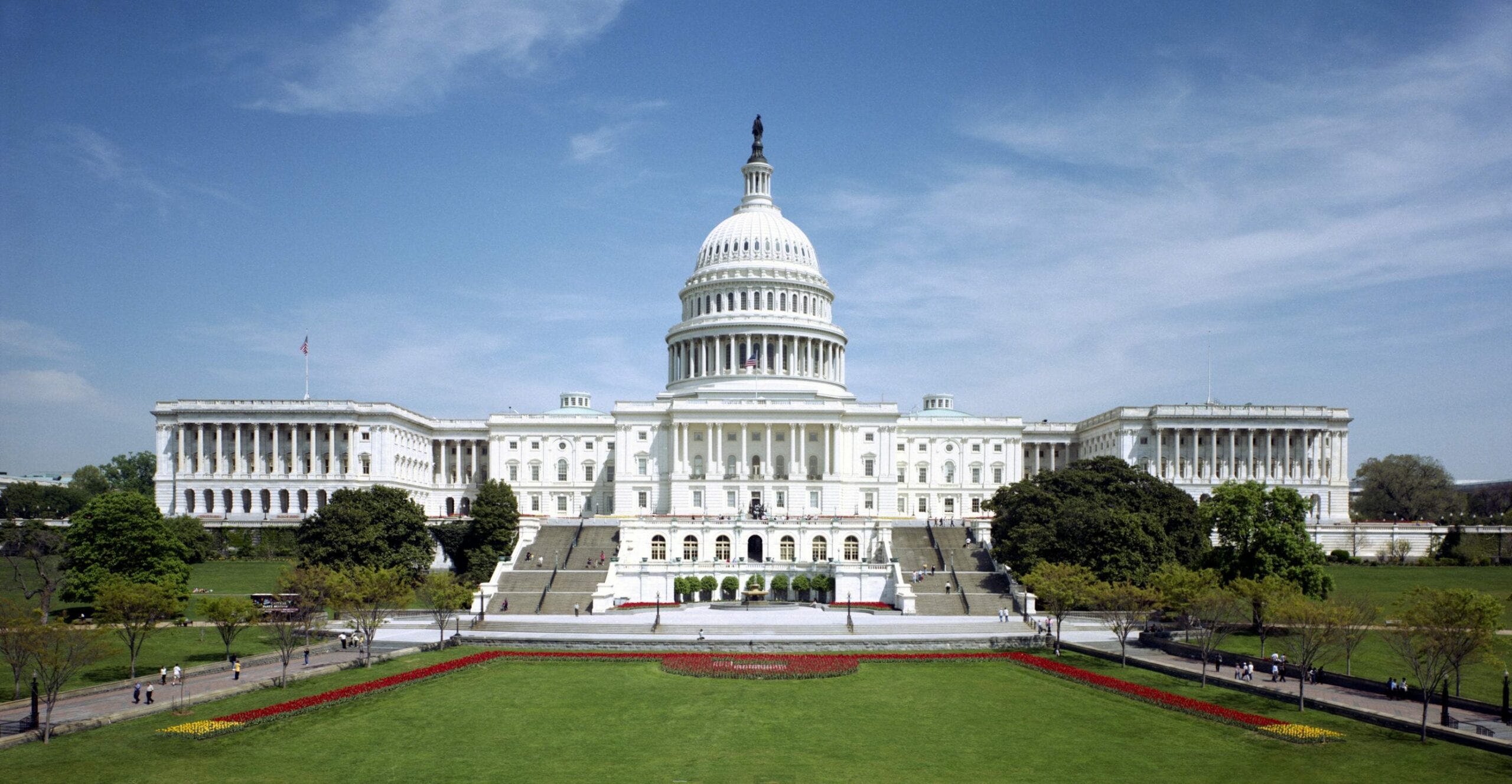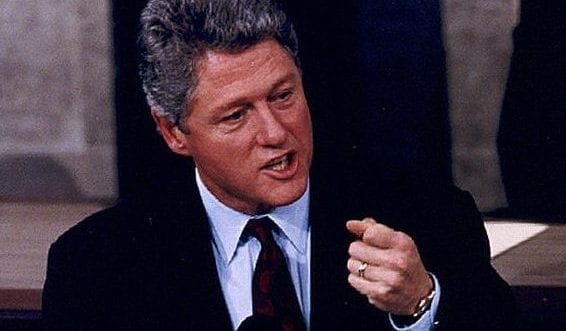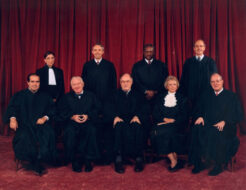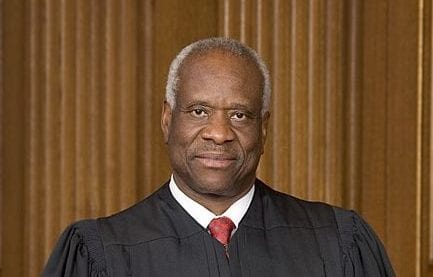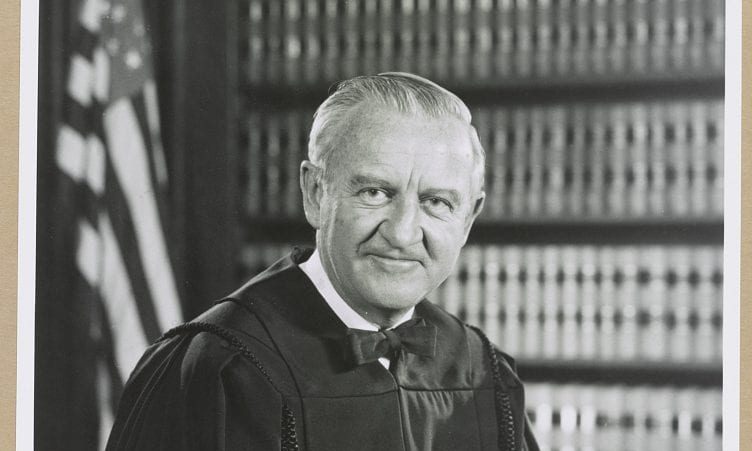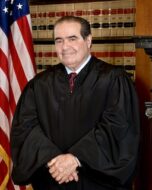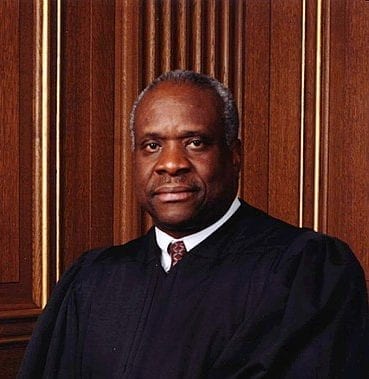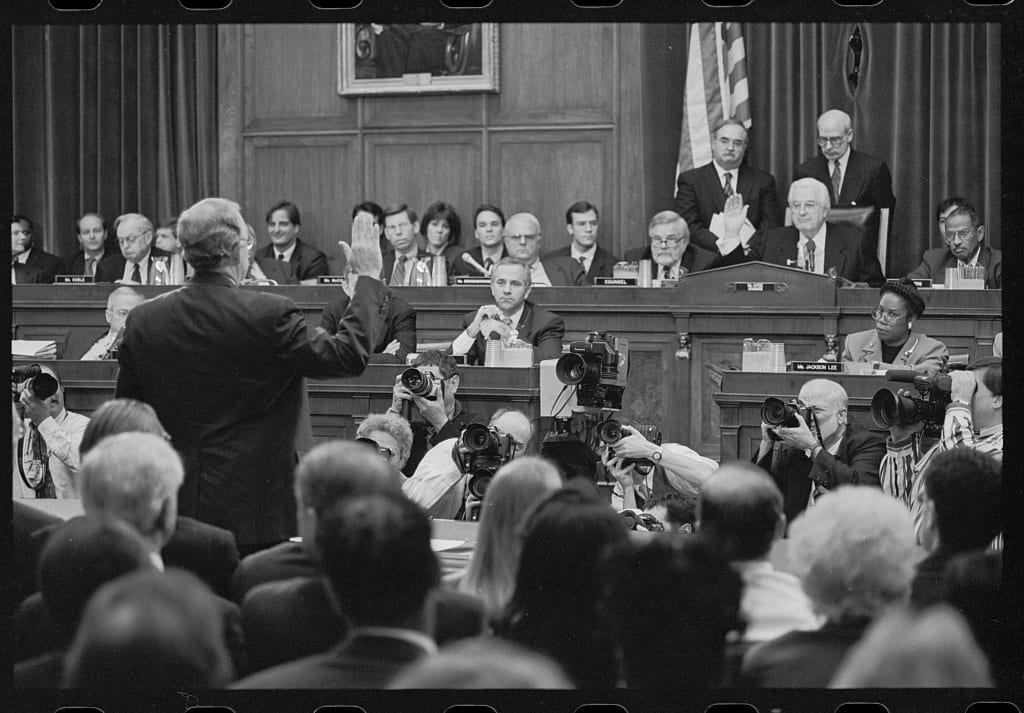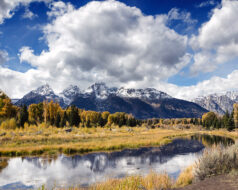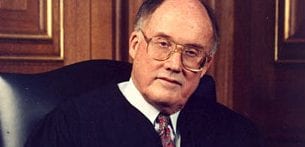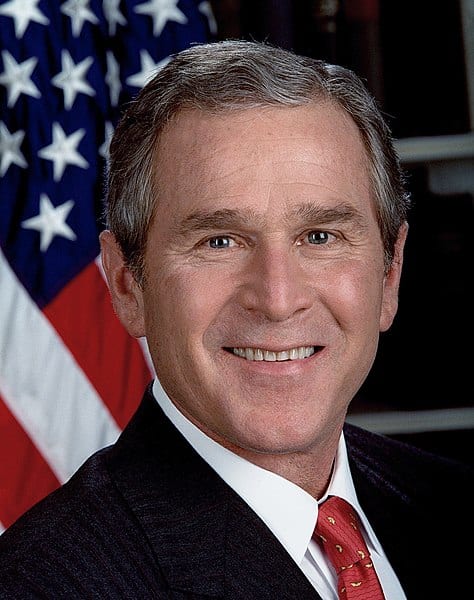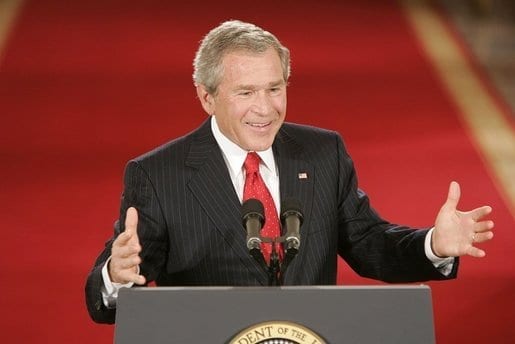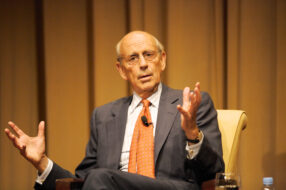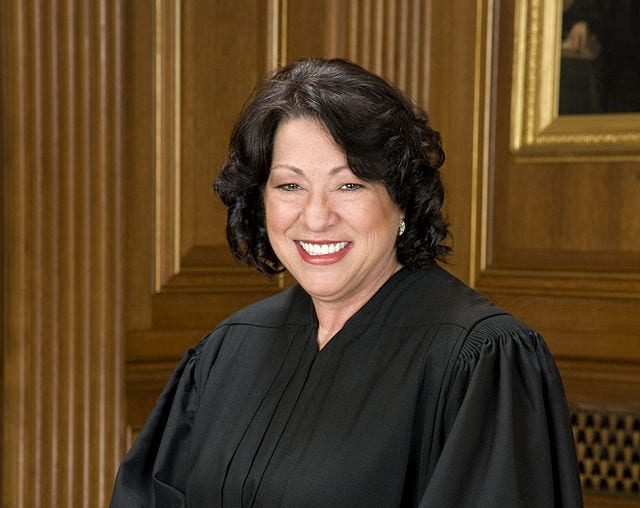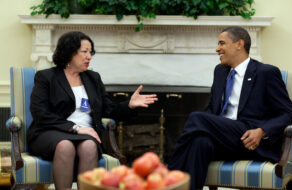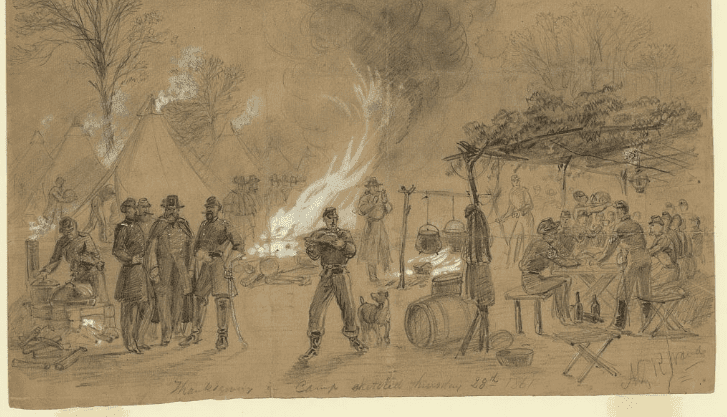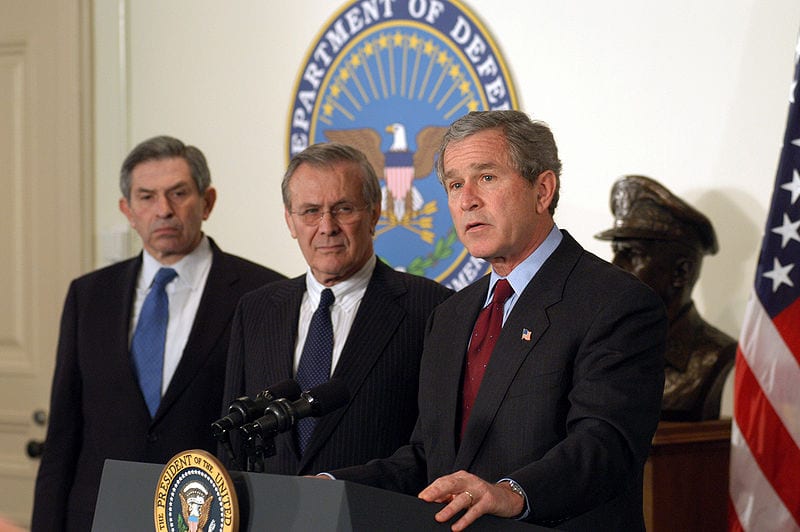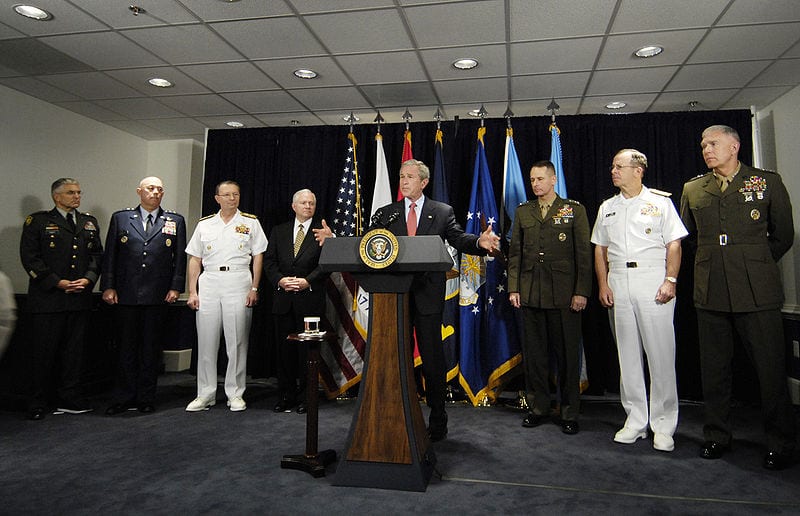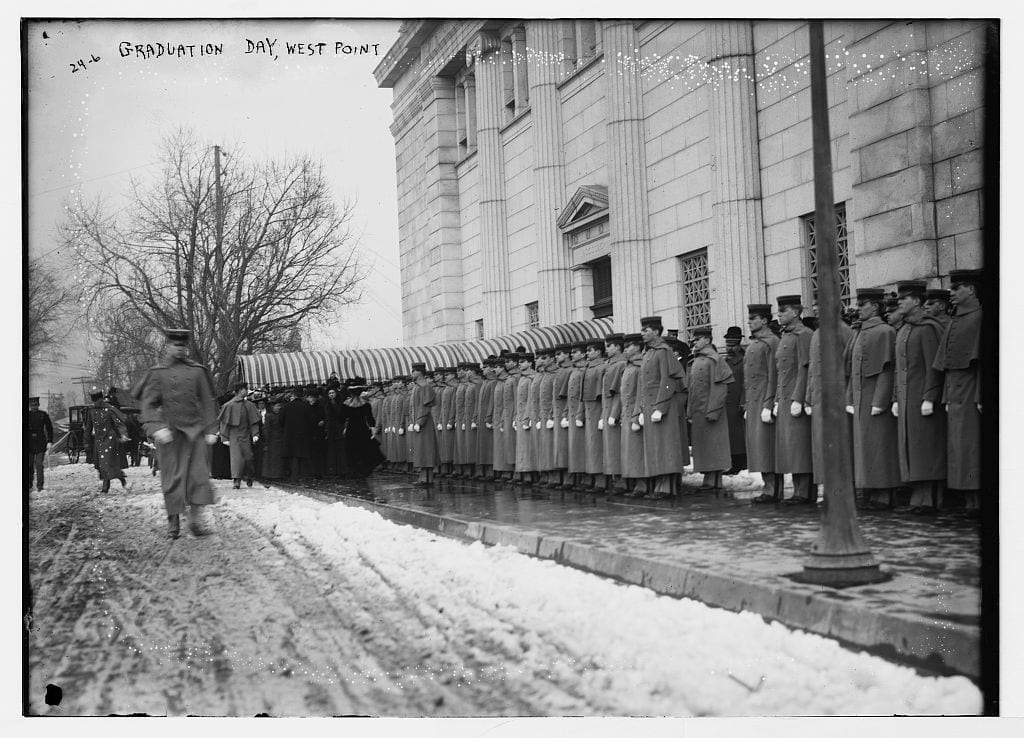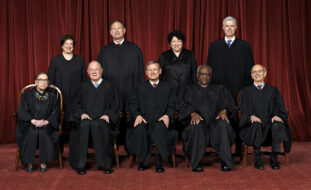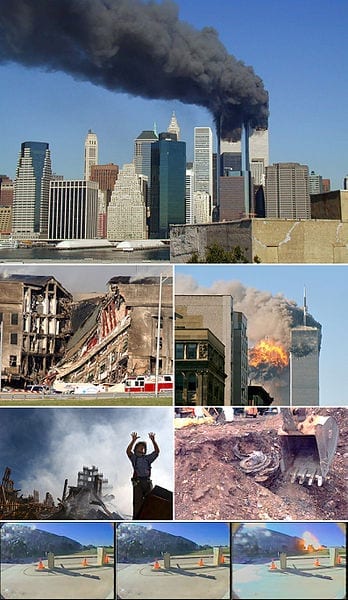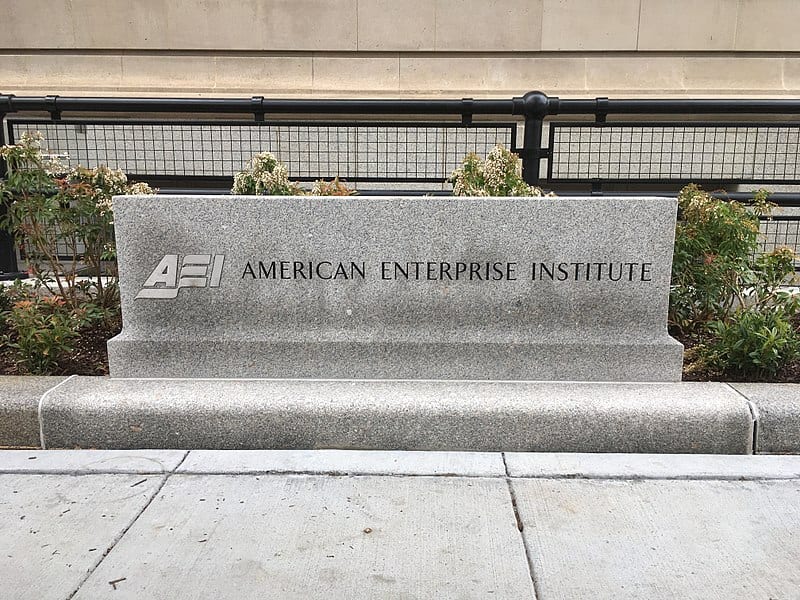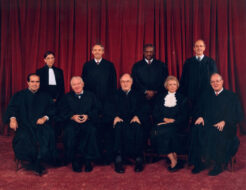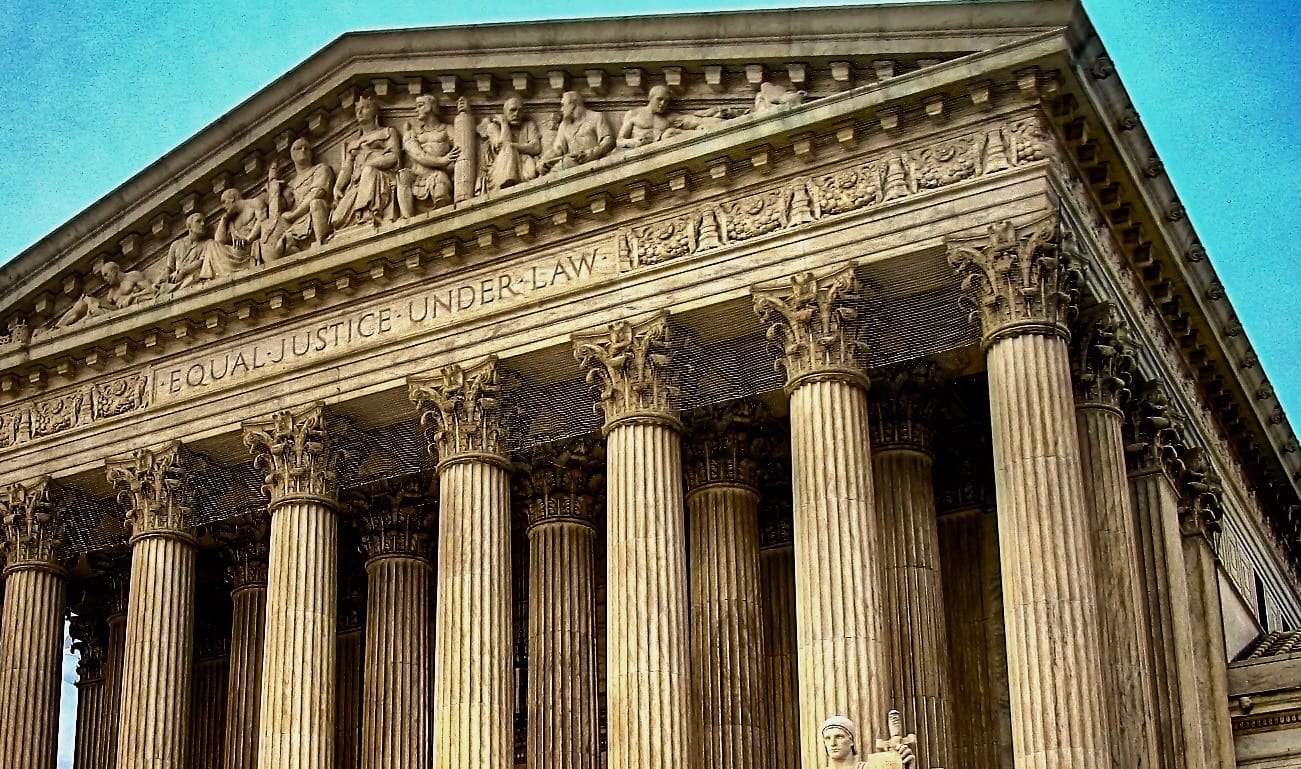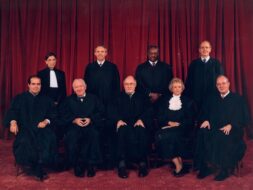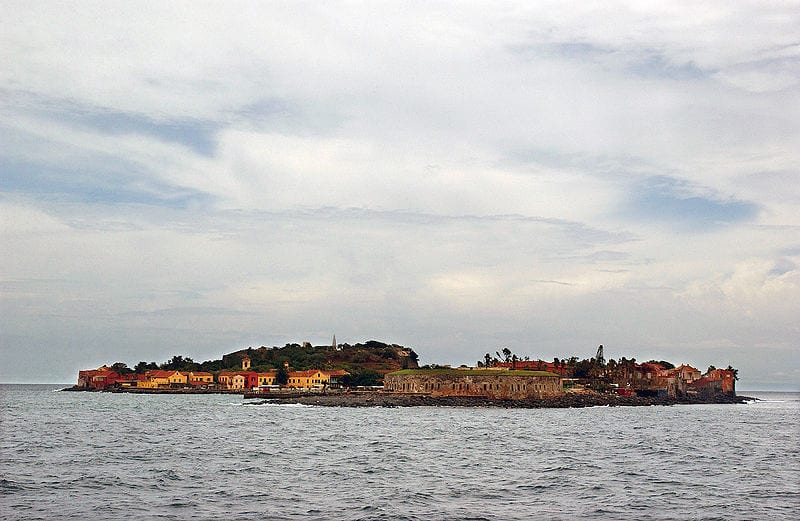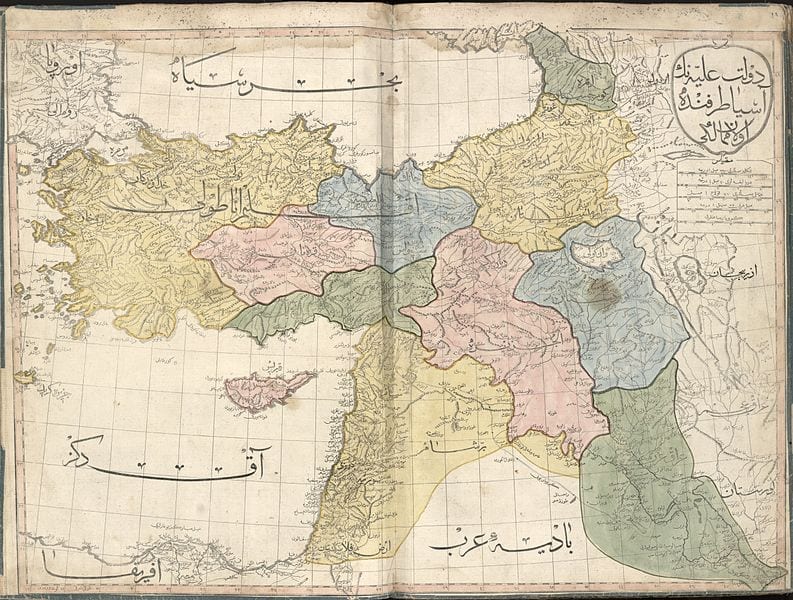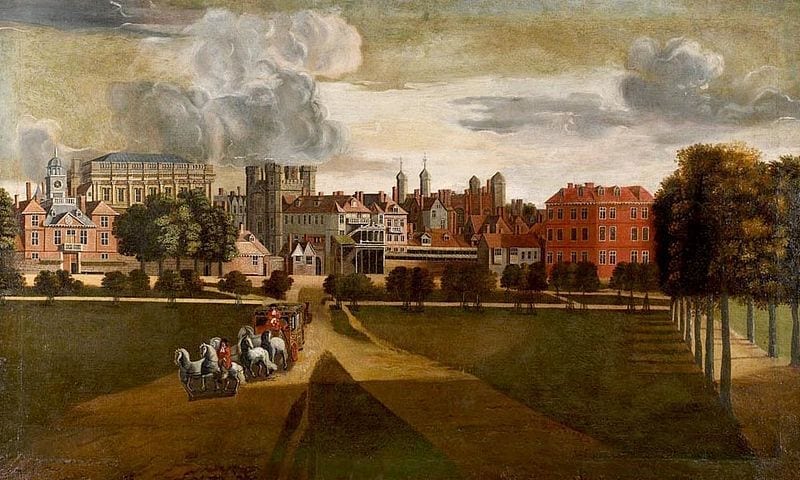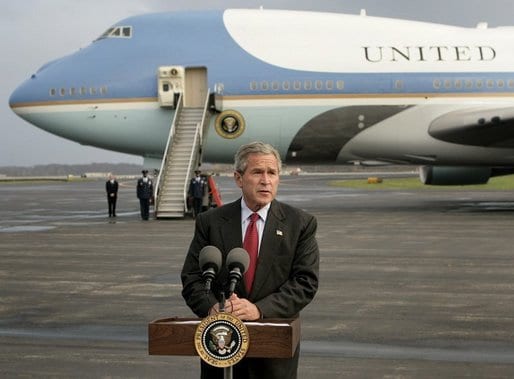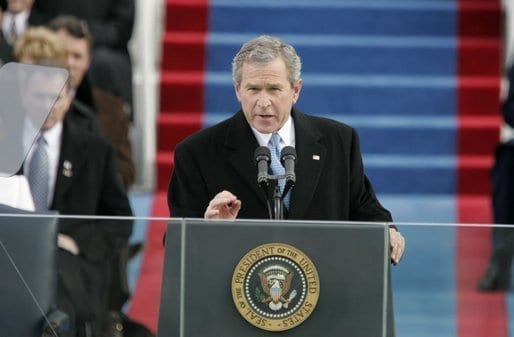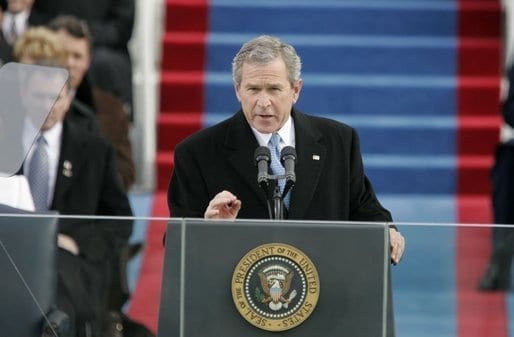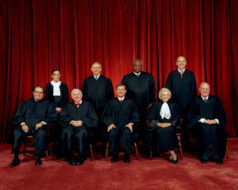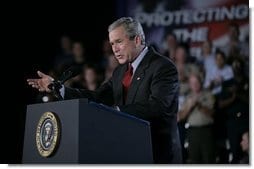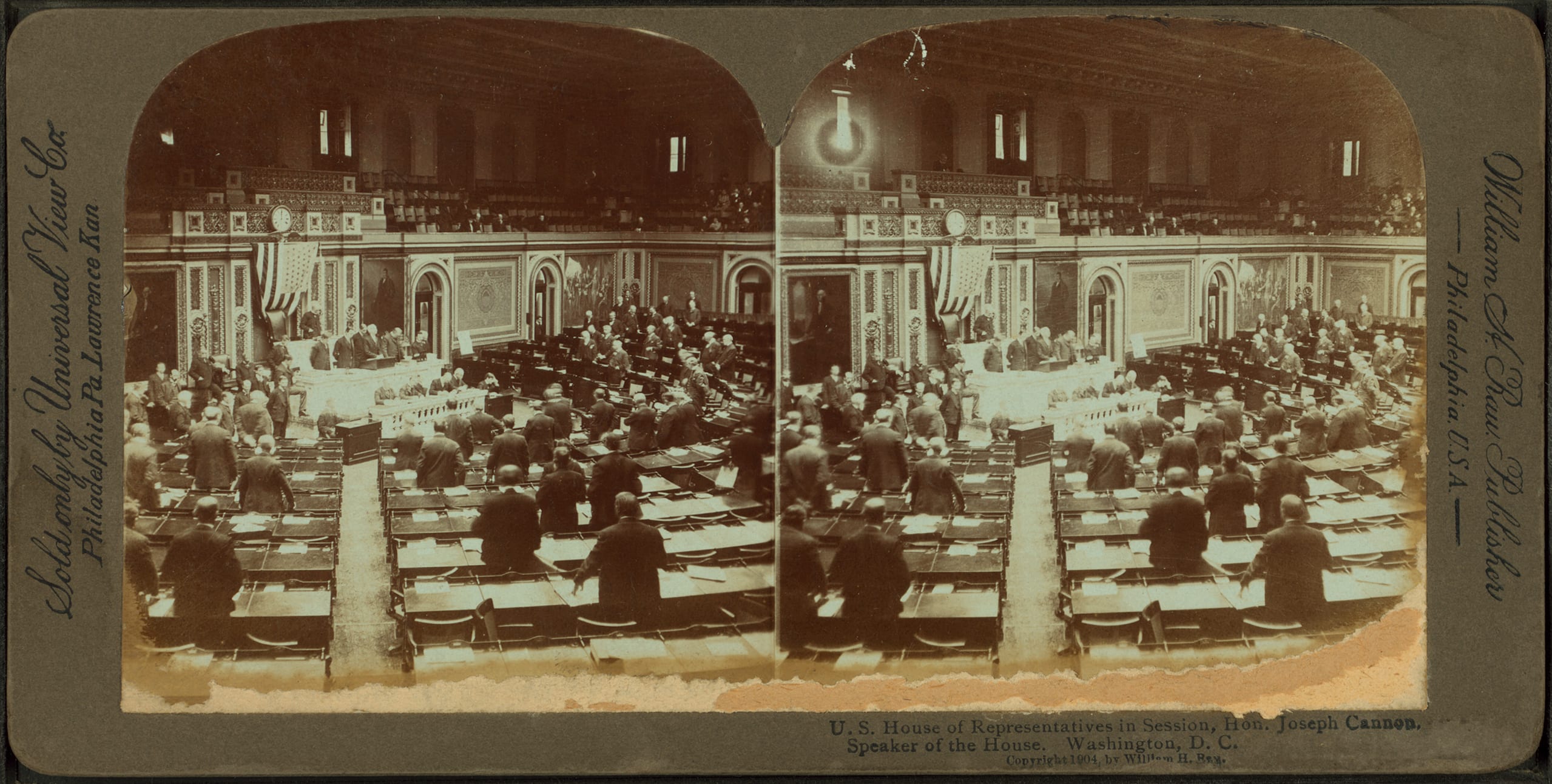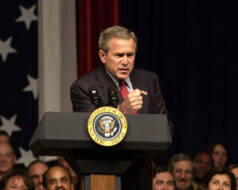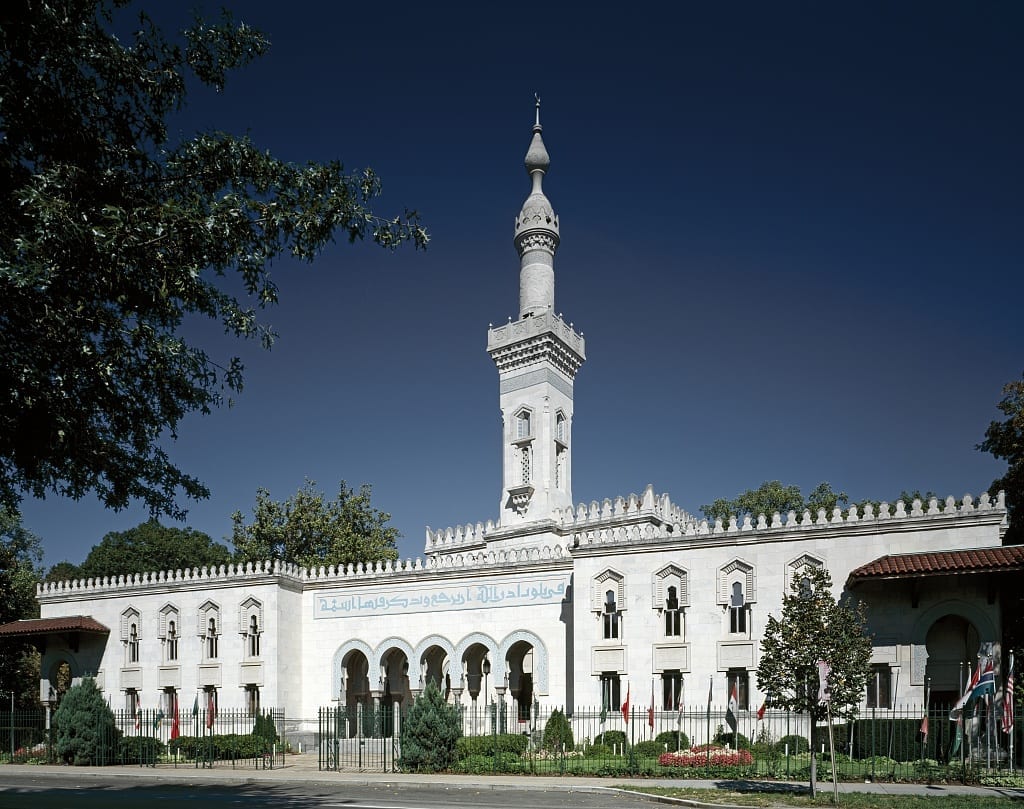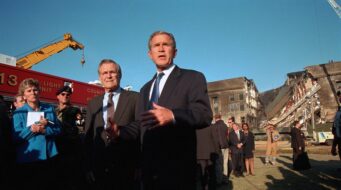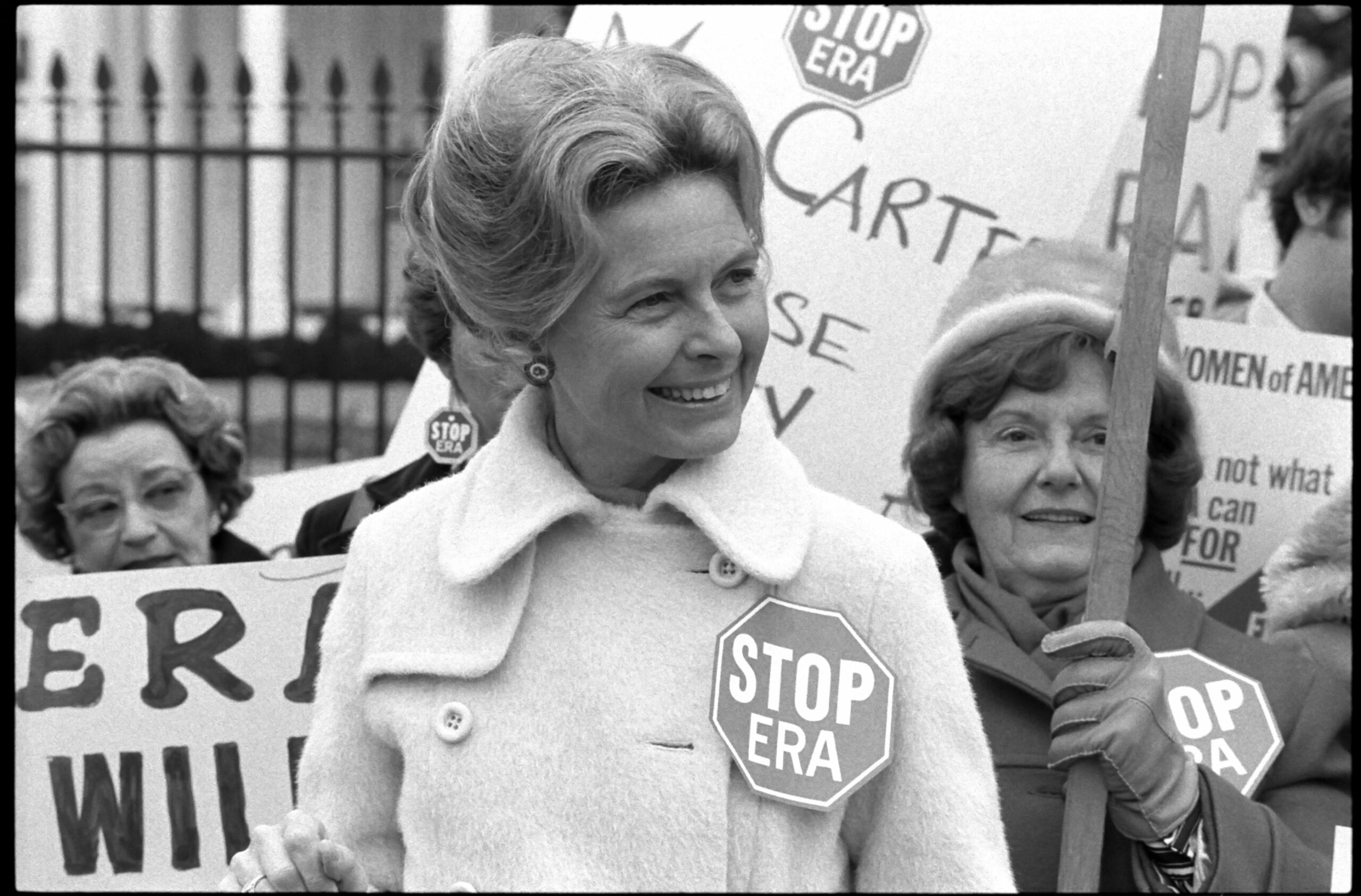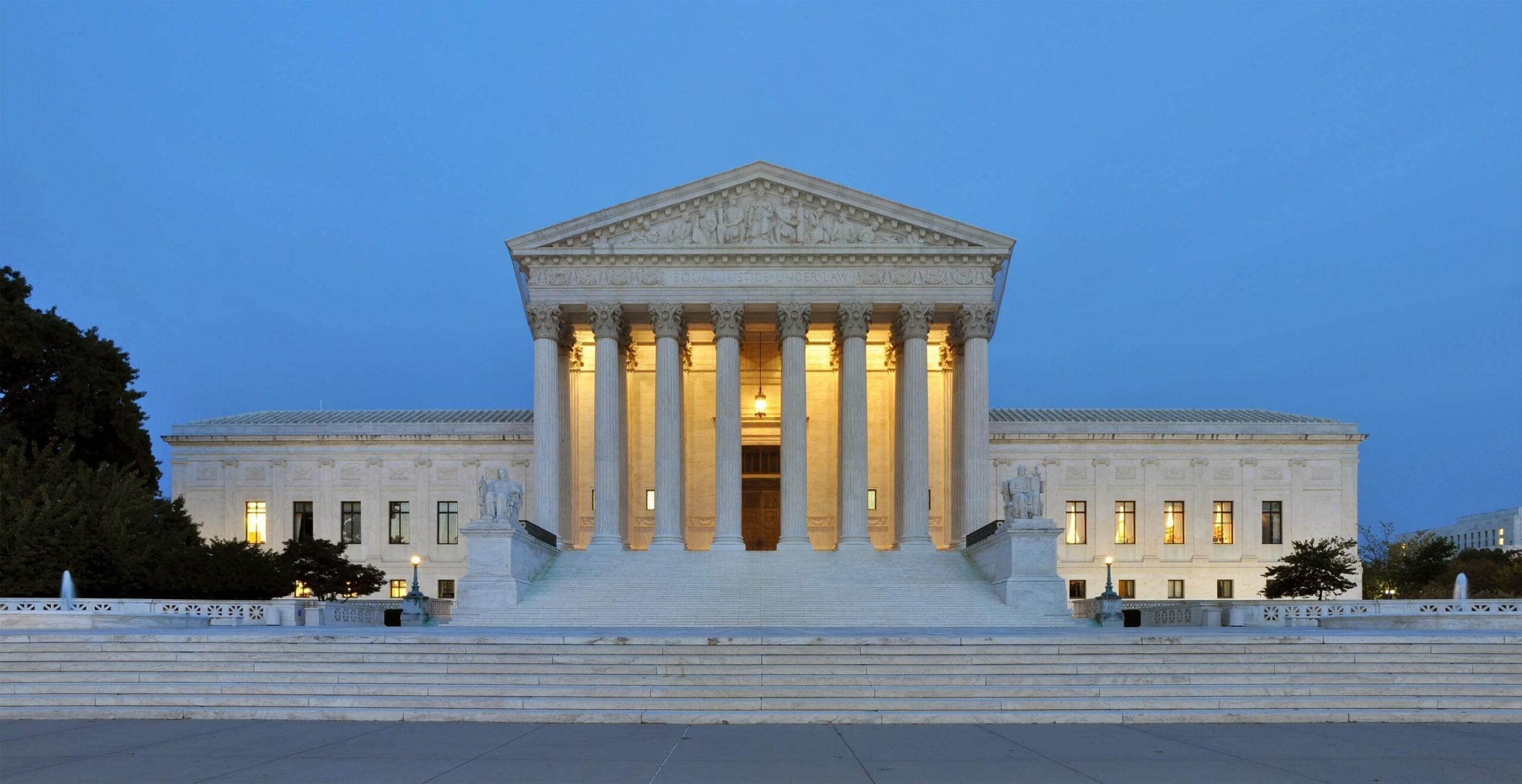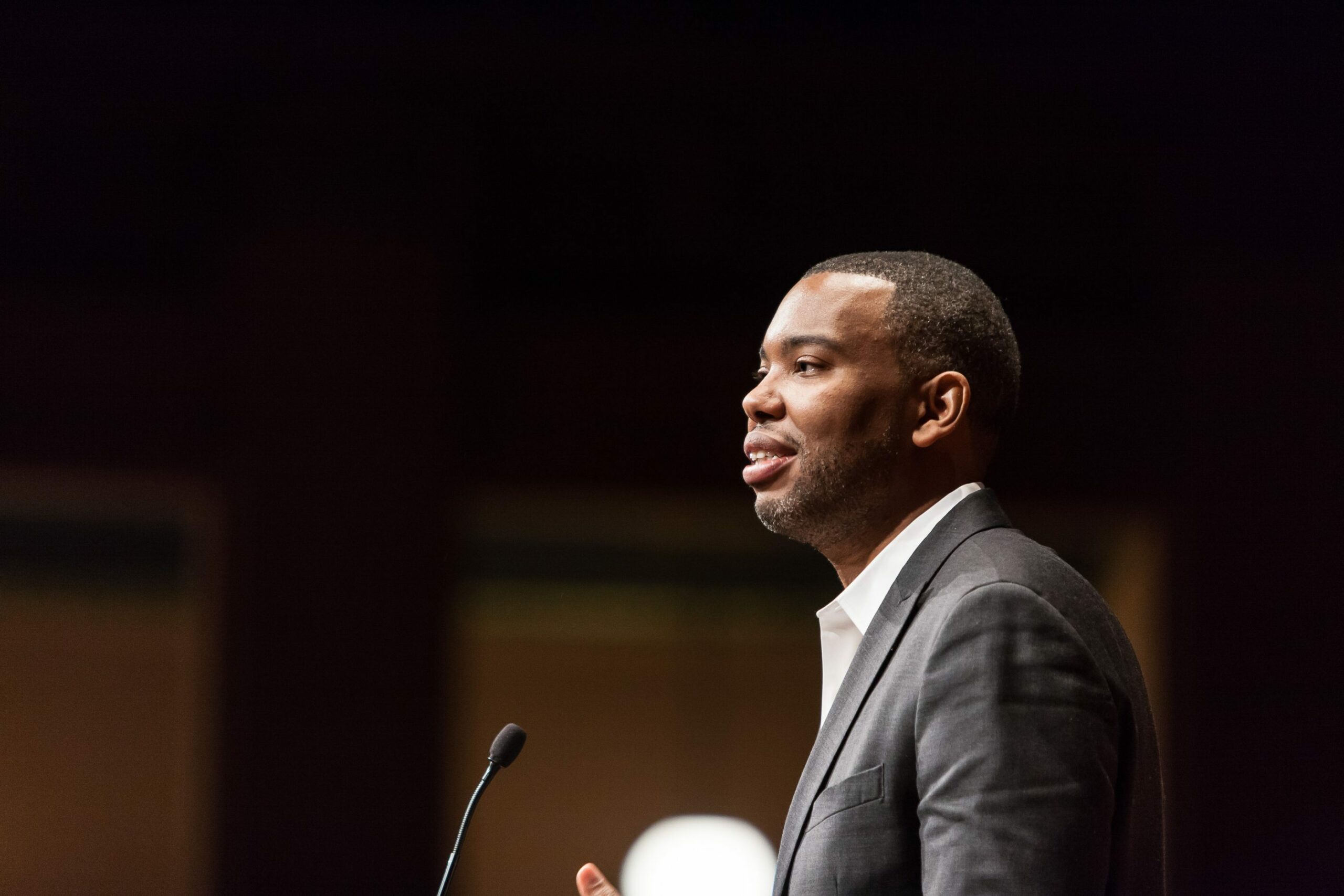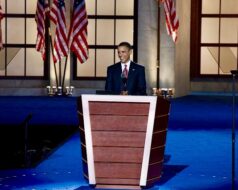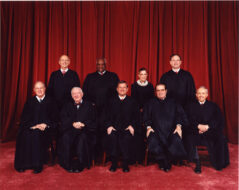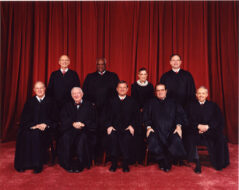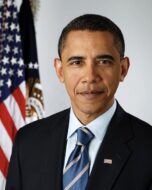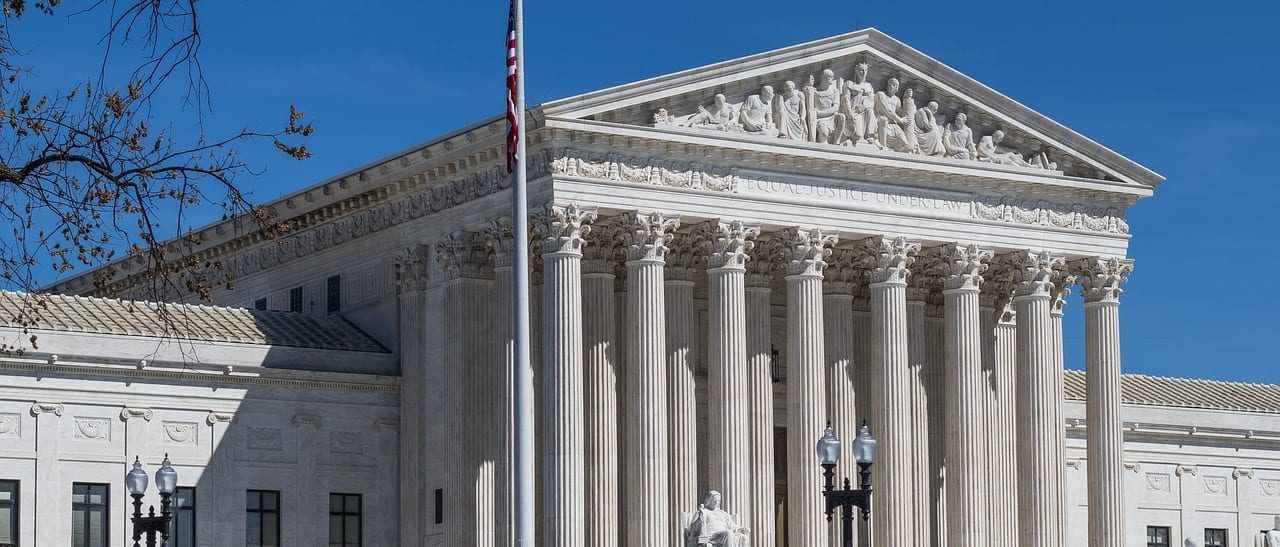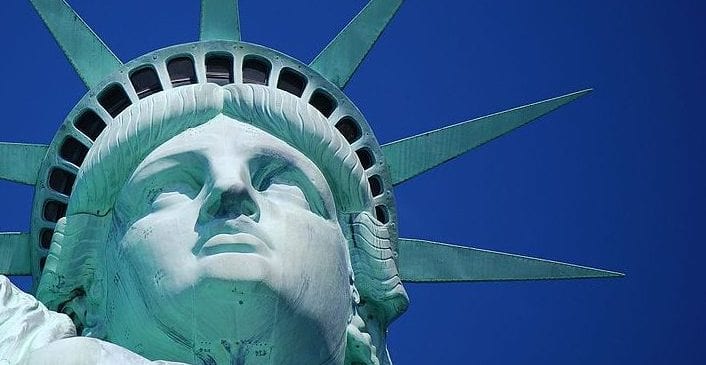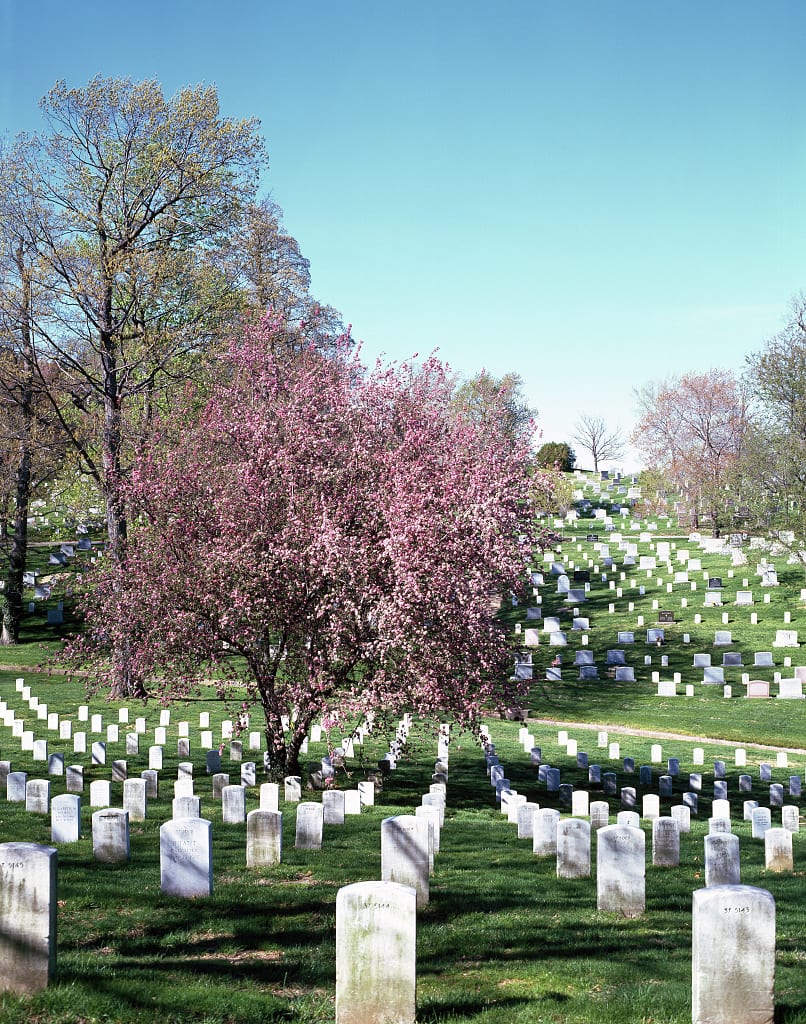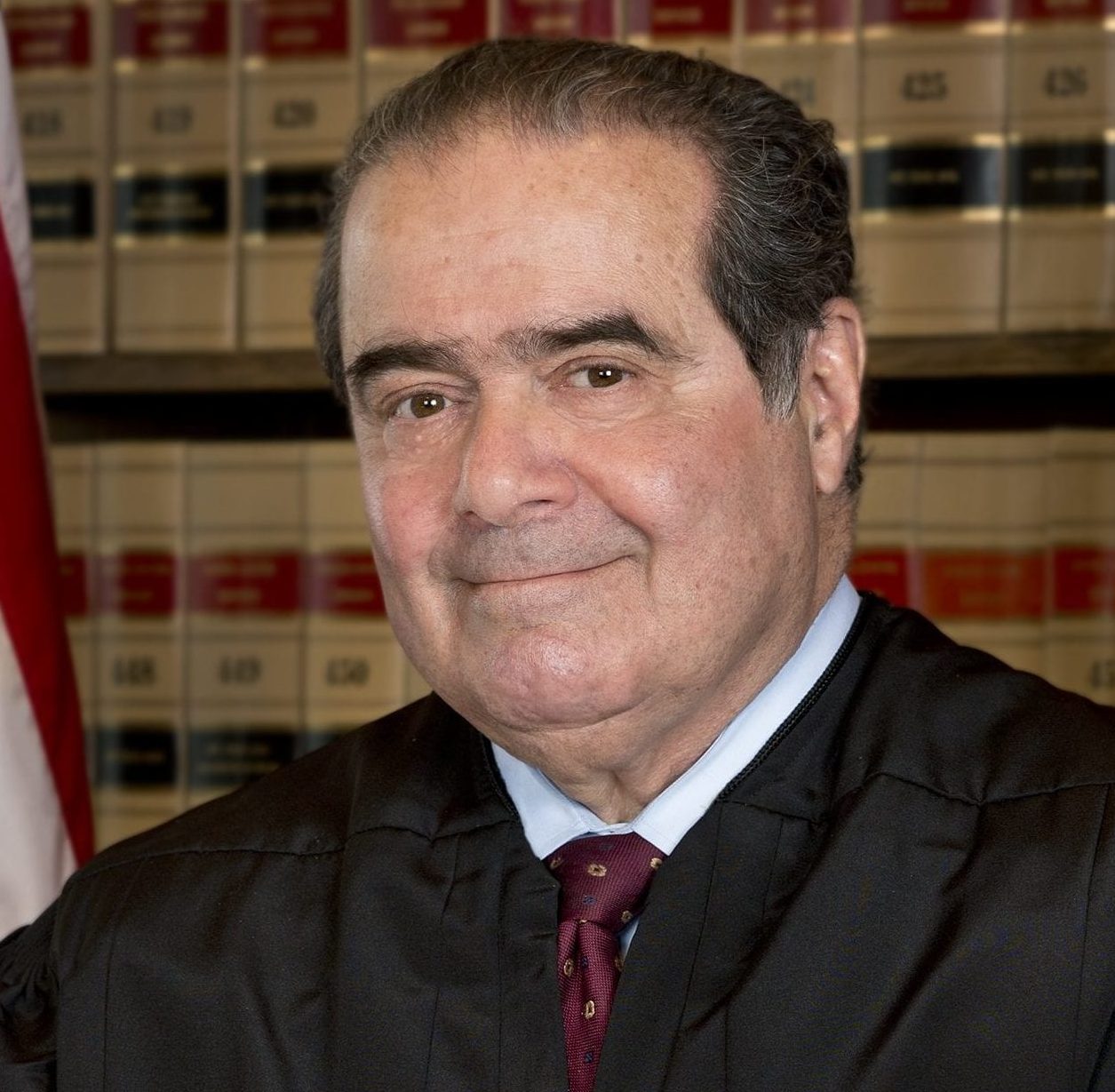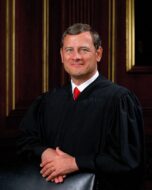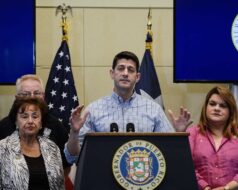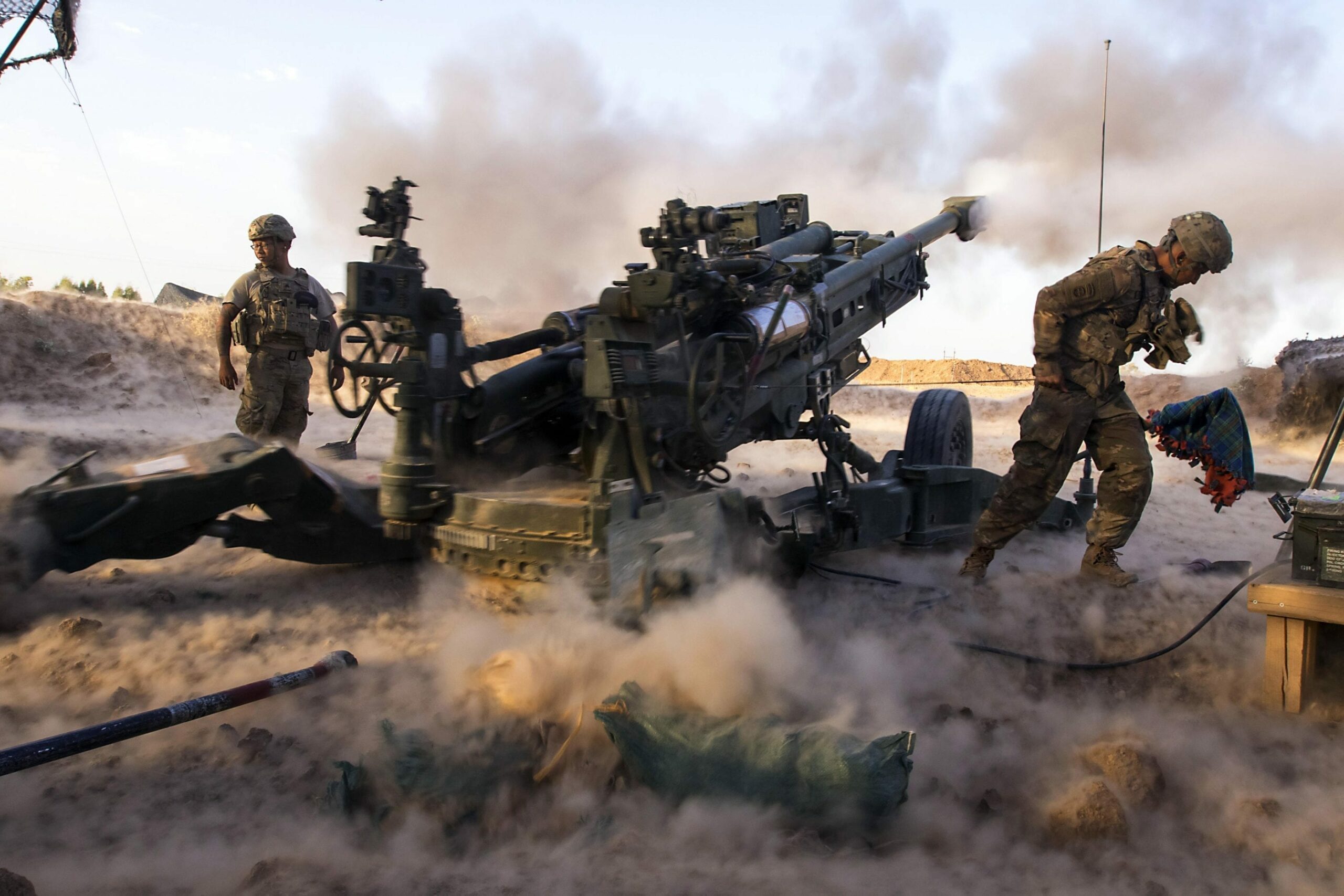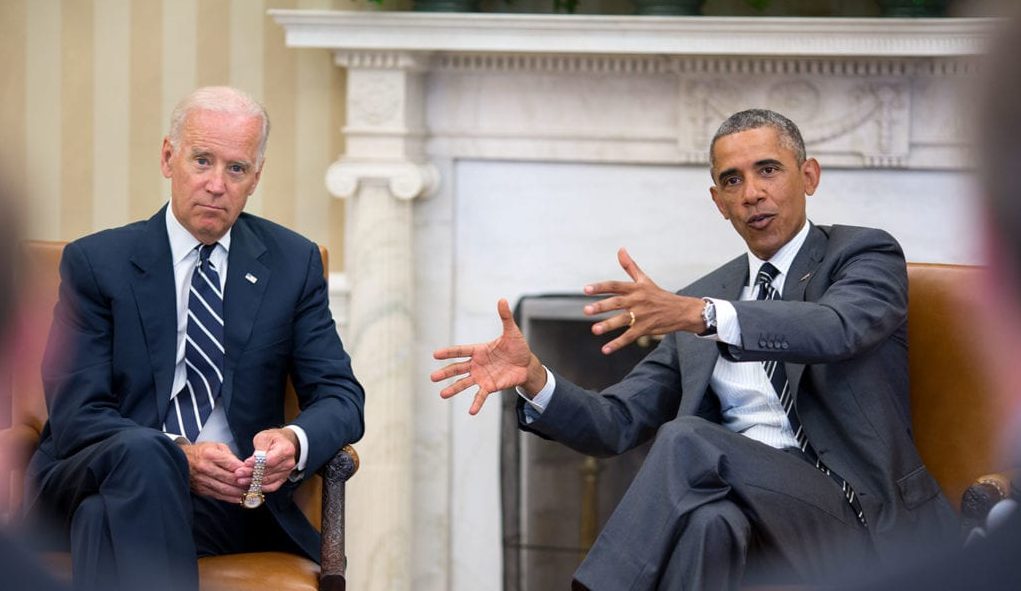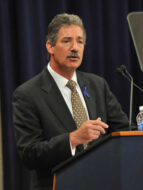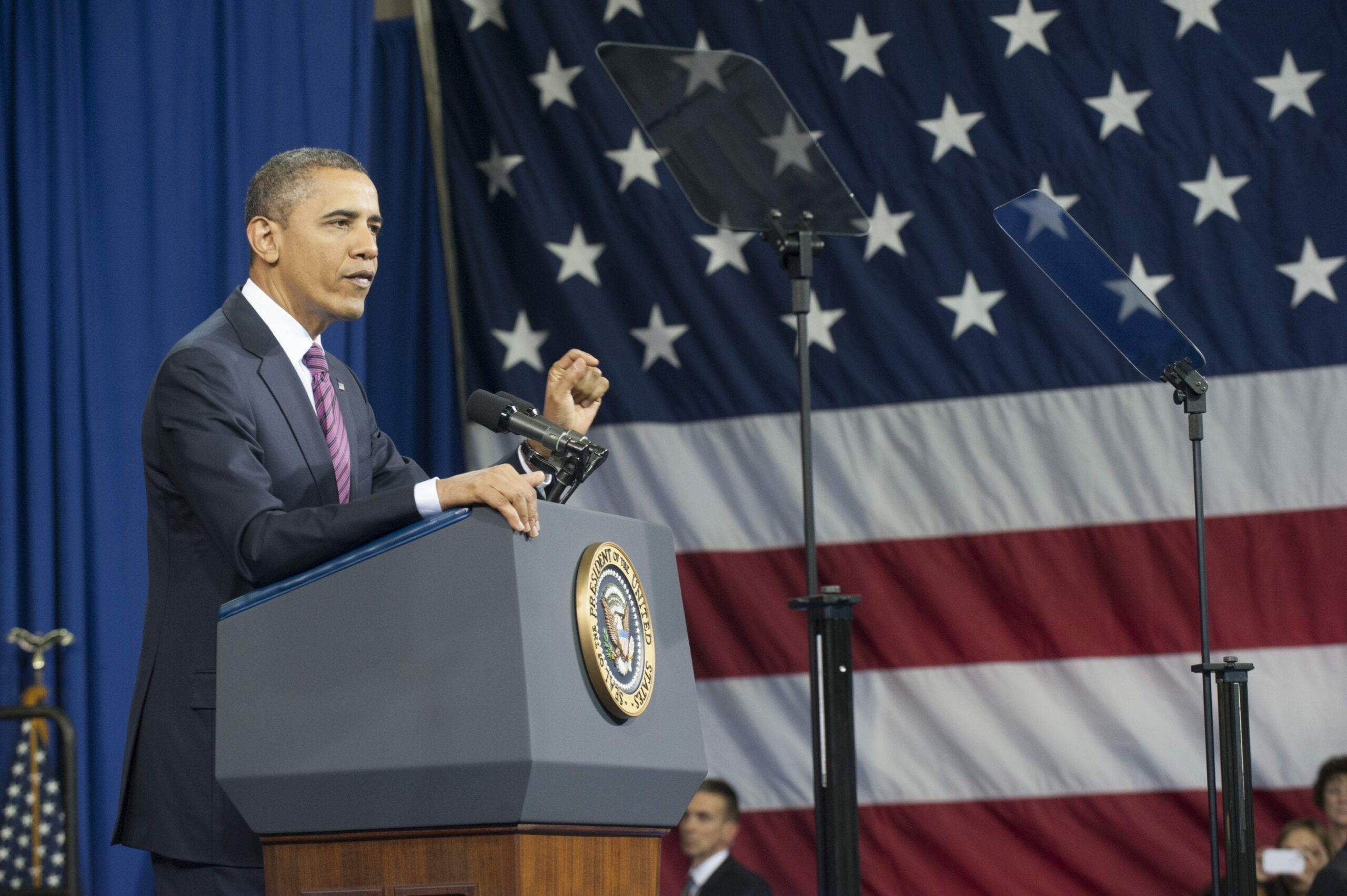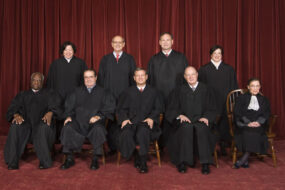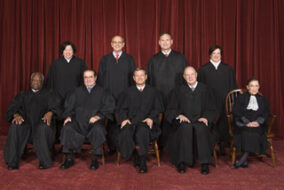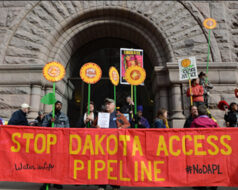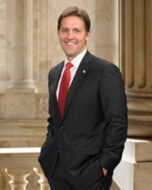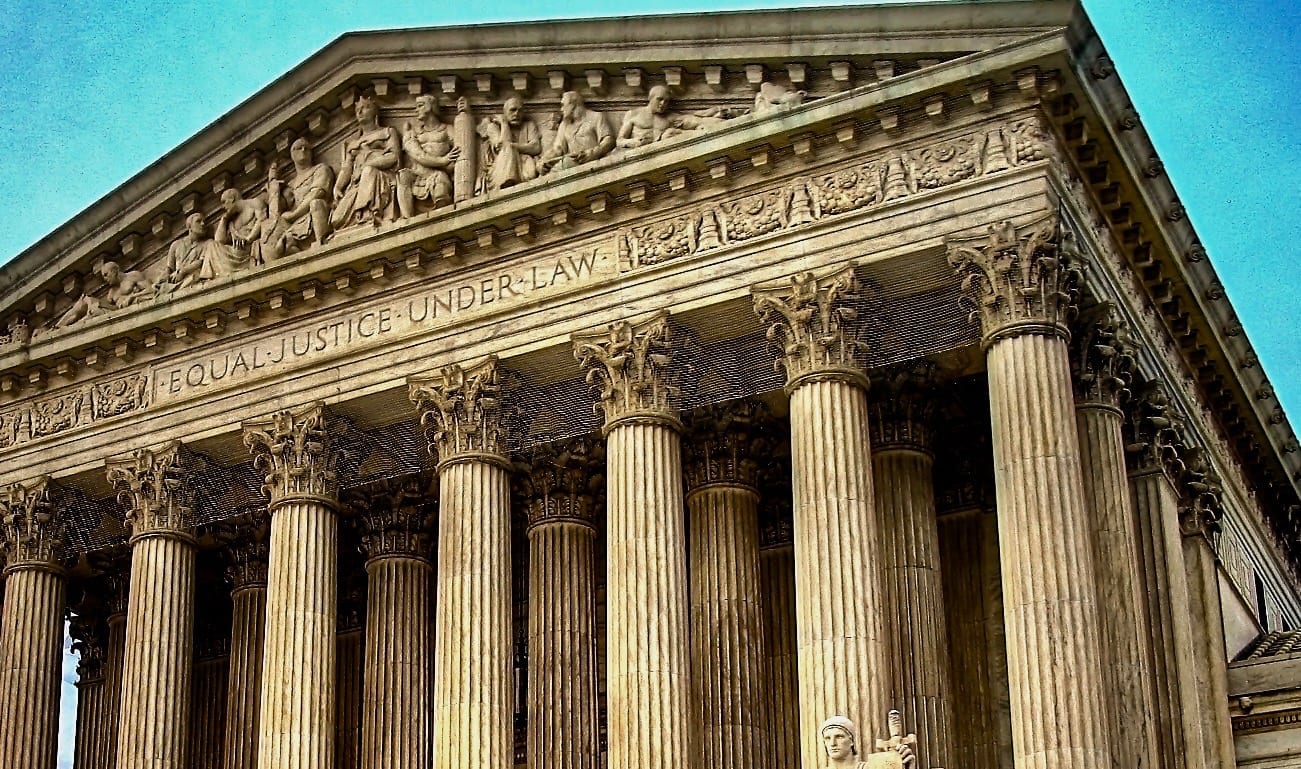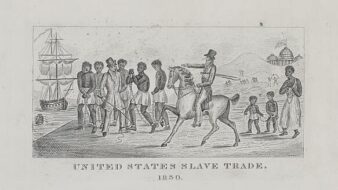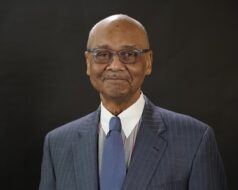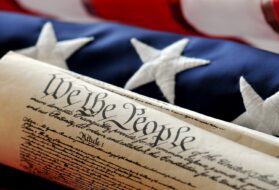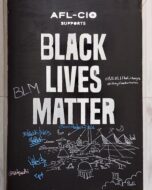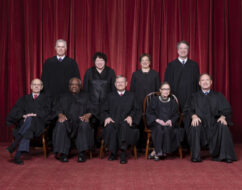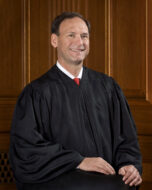
No related resources
Introduction
Black Lives Matter began as a hashtag on Twitter, conceived in 2013 by self-described “radical Black organizers” Alicia Garza, Patrisse Cullors, and Opal Tometi after George Zimmerman was acquitted in the shooting death of Trayvon Martin. The movement gained national attention the following year, after the fatal police shooting of eighteen-year-old Michael Brown in Ferguson, Missouri. Cullors and others organized a “Freedom Ride” to Ferguson, where protests verging on riots extended over several days. Over the next few years, similar uprisings sparked by comparable, widely publicized incidents followed in many cities across the country. The BLM movement’s power and prominence spiked again in 2020, in the aftermath of the death of George Floyd as he was being forcibly restrained by a Minneapolis police officer.
Within the few years since its founding, BLM has grown into an extensive, multifaceted network of activism, lavishly funded by foundations and major corporations. As of early 2021, BLM’s institutional organization comprises dozens of local chapters within and outside the United States (“BLM Grassroots”), a more centralized foundation and “action-oriented think tank” (the BLM Global Network Foundation), and a political action committee launched in fall 2020 (BLM PAC).
The present selections represent two statements of organizational purpose. “Herstory” presents the founders’ view of BLM’s original inspiration and subsequent development. “A Vision for Black Lives” is the mission statement of an extensive network of black organizations, the Movement 4 Black Lives, which is closely associated with BLM and articulates BLM’s specific policy positions and demands.
Sources: Herstory—Black Lives Matter, available at https://blacklivesmatter.com/herstory/; “Vision for Black Lives: The Preamble,” available at https://m4bl.org/policy-platforms/the-preamble/. Copyright @ M4BL 2020. All rights reserved.
“Herstory”
. . . Black Lives Matter is an ideological and political intervention in a world where Black lives are systematically and intentionally targeted for demise. It is an affirmation of Black folks’ humanity, our contributions to this society, and our resilience in the face of deadly oppression.
As organizers who work with everyday people, BLM members see and understand significant gaps in movement spaces and leadership. Black liberation movements in this country have created room, space, and leadership mostly for Black heterosexual, cisgender1 men—leaving women, queer and transgender people, and others either out of the movement or in the background to move the work forward with little or no recognition. As a network, we have always recognized the need to center the leadership of women and queer and trans people. To maximize our movement muscle, and to be intentional about not replicating harmful practices that excluded so many in past movements for liberation, we made a commitment to placing those at the margins closer to the center.
As #BlackLivesMatter developed throughout 2013 and 2014, we utilized it as a platform and organizing tool. Other groups, organizations, and individuals used it to amplify anti-Black racism across the country, in all the ways it showed up. Tamir Rice, Tanisha Anderson, Mya Hall, Walter Scott, Sandra Bland2—these names are inherently important. The space that #BlackLivesMatter held and continues to hold helped propel the conversation around the state-sanctioned violence they experienced. We particularly highlighted the egregious ways in which Black women, specifically Black trans women, are violated. #BlackLivesMatter was developed in support of all Black lives.
In 2014, Mike Brown was murdered by Ferguson police officer Darren Wilson.3 It was a guttural response to be with our people, our family—in support of the brave and courageous community of Ferguson and St. Louis as they were being brutalized by law enforcement, criticized by media, tear-gassed, and pepper-sprayed night after night. Darnell Moore and Patrisse Cullors organized a national ride during Labor Day weekend that year. We called it the Black Life Matters Ride. In fifteen days, we developed a plan of action to head to the occupied territory to support our brothers and sisters. Over six hundred people gathered. We made two commitments: to support the team on the ground in St. Louis, and to go back home and do the work there. We understood Ferguson was not an aberration, but in fact, a clear point of reference for what was happening to Black communities everywhere.
When it was time for us to leave, inspired by our friends in Ferguson, organizers from eighteen different cities went back home and developed Black Lives Matter chapters in their communities and towns—broadening the political will and movement building reach catalyzed by the #BlackLivesMatter project and the work on the ground in Ferguson.
It became clear that we needed to continue organizing and building Black power across the country. People were hungry to galvanize their communities to end state-sanctioned violence against Black people, the way Ferguson organizers and allies were doing. Soon we created the Black Lives Matter Global Network infrastructure. It is adaptive and decentralized, with a set of guiding principles. Our goal is to support the development of new Black leaders, as well as create a network where Black people feel empowered to determine our destinies in our communities.
The Black Lives Matter Global Network would not be recognized worldwide if it weren’t for the folks in St. Louis and Ferguson who put their bodies on the line day in and day out, and who continue to show up for Black lives.
“A Vision for Black Lives: Preamble”
. . . Black life and dignity require Black political will and power. Despite constant exploitation and perpetual oppression, Black people have bravely and brilliantly been a driving force pushing toward collective liberation. In
recent years, we have taken to the streets, launched massive campaigns, and impacted elections, but our elected leaders have failed to address the legitimate demands of our movement. We can no longer wait.
In response to the sustained and increasingly visible violence against Black communities in the United States and globally, a collective of more than fifty organizations representing thousands of Black people from across the country came together in 2015 with renewed energy and purpose to articulate a common vision and agenda. We are a collective that centers, and is led by and rooted in, Black communities. And we recognize our shared struggle with all oppressed people: collective liberation will be a product of all of our work.
We are intentional about amplifying the particular experiences of racial, economic, and gender-based state and interpersonal violence that Black women, queer, trans, gender nonconforming, intersex, and disabled people face. Cisheteropatriarchy and ableism4 are central and instrumental to anti-Blackness and racial capitalism, and have been internalized within our communities and movements.
There can be no liberation for all Black people if we do not center and fight for members of our communities who are living at the intersections of multiple and mutually reinforcing structures of oppression.
We believe in elevating the experiences and leadership of the most marginalized Black people, including, but not limited to, women, femmes, queer, trans, gender nonconforming, intersex, Muslim, disabled, D/deaf, and autistic people, people living with HIV, people who are criminalized, formerly and currently incarcerated, detained or institutionalized, migrants, including undocumented migrants, low and no-income, cash poor, and working class, homeless and precariously housed people, people who are dependent on criminalized substances, youth, and elders. It is our hope that by working together to create and amplify a shared agenda, we can continue to move toward a world in which the full humanity and dignity of all people is recognized.
We recognize that building toward this world requires us to make demands of a state which has consistently created conditions of violence, deprivation, and exclusion for Black people, and to enter into a new covenant with each other. We seek solutions to violence within our communities that do not lie in the violence of a state and institutions created to destroy us, but in self-governance and mutual commitment and responsibility to each other’s safety and well-being. We are committed to uprooting the ableism and cisheteropatriarchy we have internalized, and to transforming the conditions that drive sexual, gender-based, homophobic, transphobic, abelist, and other forms of violence in our communities.
While this platform is focused on domestic policies, we know that cisheteropatriarchy, ableism, exploitative racial capitalism, imperialism, militarism, and white supremacy and nationalism are global structures. We move in solidarity with our international family against the ravages of global racial capitalism and anti-Black racism, human-made climate change, Islamophobia, war, and exploitation. We join with descendants of African people all over the world in an ongoing call and struggle for reparations for the historic and continuing harms of colonialism and slavery, including structural and systemic sexual and gender-based violence, and we recognize and honor the rights and struggle of our global Indigenous family for reparations, land, sovereignty, and self-determination.
We have created this platform to articulate and support the ambitions and work of Black people toward our collective liberation. We also seek to intervene in the current political climate and assert a clear vision, particularly for those who claim to be our allies, of the world we want them to help us create. We reject false solutions which place profit over people, and rely on surveillance, policing, punishment, and exile to address every form of harm, need, and conflict. We believe we can achieve complete abolition and reimagination of current systems. We are already dreaming and practicing the world we want to live in.
Together, we demand an end to the wars against Black people. We demand repair for the harms that have been done to Black communities, in the form of reparations and targeted long-term investments. We demand economic justice. We demand defunding and dismantling of the systems and institutions that criminalize, control, and cage us. We demand divestment from ideologies, laws, policies, and practices that harm us, and investment in our communities and movements. We demand political power and community control over the institutions which govern our lives.
We demand nothing short of liberation.
We have come together now because we believe it is time to forge a new covenant. We are dreamers and doers. This document articulates our vision of a fundamentally different world. And it recognizes the need to fight for policies that address the immediate suffering of Black people. These policies, while less transformational, are necessary to address the current material conditions of our people, and will better equip us to win the world we demand and deserve. We recognize that not all of our collective needs and visions can be translated into policy, and we understand that policy change is one of many strategies necessary to move us toward the world we envision. The policy briefs linked to each demand provide roadmaps and incremental steps to get there, elevate the brave and transformative work our people are already engaged in, and build on some of the best thinking and dreaming in our history of struggle.
This agenda continues the legacy of our ancestors who pushed for reparations, Black self- determination, and community control, and propels new iterations of movements for reproductive justice, gender justice, disability justice, migrant justice, healing justice, transformative justice, and climate justice.
We offer this renewed vision in the historic Black tradition of call and response, of principled struggle, and in a continued commitment to deepen our analysis, broaden our visions, and respond to changing conditions. We will continue to update the vision and our roadmaps in an iterative process leading us toward our North Star,5 as our movements, and the conditions we struggle in, grow and evolve.
- 1. “Cisgender” denotes someone whose gender corresponds to their sex at birth.
- 2. Rice, Anderson, Hall, and Scott were killed by police; Bland died while in police custody.
- 3. In 2015, a Department of Justice investigation found Wilson’s account of the event credible, concluding that he had a reasonable fear for his life during the confrontation with Brown. Wilson’s actions were investigated twice by local district attorneys. He was not charged with any crime.
- 4. A “cisheteropatriarchy” is a society ruled by and in favor of heterosexual males who accept the sex of their birth. “Ableism” is discrimination in favor of able-bodied people.
- 5. The North Star, in black American lore, served as the reference point for would-be escapees from slavery as they sought freedom in northern states or Canada.
McGirt v. Oklahoma
July 9, 2020
Conversation-based seminars for collegial PD, one-day and multi-day seminars, graduate credit seminars (MA degree), online and in-person.
